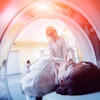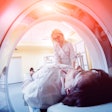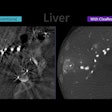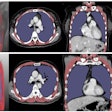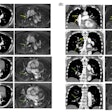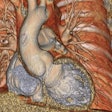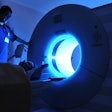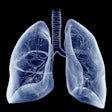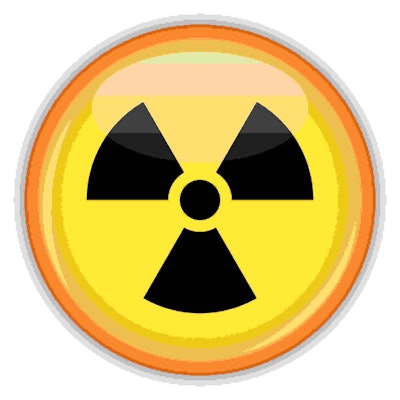
Most referring physicians take radiation risk into account when they order CT exams for their patients, according to research published August 10 in the European Journal of Radiology.
And ordering providers would also welcome further guidance for managing the number of CT scans patients can undergo annually, wrote a team led by Madan Rehani, PhD, from Massachusetts General Hospital.
"A sizable number of surveyed clinicians ... indicated that it is or might be desirable to have some sort of regulatory mechanism to control the number of CT exams a patient could receive annually," the group noted.
The findings came as a bit of a surprise, Rehani told AuntMinnie.com.
"We often assume that referring physicians do not like any control on their prescribing/ordering practice, but this direct survey gave results that were different than we expected," he said.
How to best optimize CT exam radiation dose has been a key question for decades, but it has become particularly relevant in the past 10 years. And although the quest to manage radiation exposure on CT imaging has resulted in improvements in the modality's hardware, software, and imaging protocols, patients continue to receive high radiation doses, typically from recurrent and multiphase imaging.
So what do referring physicians think about radiation exposure on CT imaging? To explore the question, Rehani and colleagues emailed a survey to 505 referring clinicians in 24 countries. Of the participants, 79% were clinical specialists, 12% were general physicians, family doctors, or primary care physicians; and the remainder were residents or "other."
More than half (58%) of survey respondents stated that they understood that current guidelines don't limit the number of CT scans a patient can undergo in a year and more than two-thirds (67%) stated that an assessment of radiation risk should be part of the decision of whether to order a CT exam.
In response to the question of whether the number of CT exams per patient per year should be regulated, overall, only 28% of survey participants said "No," while the rest said "Maybe" (36%) or "Yes" (33%).
The researchers found a wide variation in responses among the four countries with the most survey participants (i.e., Canada, Hungary, South Korea, and the U.S.), with the highest "No" response to whether CT exams per year should be regulated coming from South Korea (42.7%) and the lowest from Hungary (14.6%). Both the U.S. and Canada had similar "No regulation" response percentages, at 34.5% and 36.6%.
Regarding factors that affect the decision to prescribe a CT exam, the survey showed the following:
- 71.3% of respondents said that having information on prior CT scans, including their dates, influenced their decision process.
- 66.7% said that they based their decision on medical reasons and radiation risk assessment.
- 58.8% said they based their decision to prescribe CT on how many scans the patient had already undergone for the same body part.
- 27.3% said they determined whether to prescribe a CT exam based solely on the medical indication for it.
The survey highlights the willingness of referring clinicians to consider the radiation exposure to which their patients are subjected -- and offers direction for policymakers, Rehani told AuntMinnie.com.
"[Our results open] the door for policy-making organizations to consider ways of introducing something like a 'yellow light' as against the current 'green light' system of leaving the decision entirely to ordering physicians," he said.

